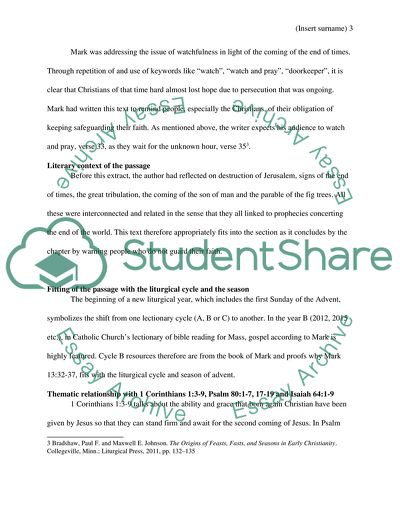Cite this document
(Religion and Theology Essay Example | Topics and Well Written Essays - 1250 words, n.d.)
Religion and Theology Essay Example | Topics and Well Written Essays - 1250 words. https://studentshare.org/religion-and-theology/1860297-critical-analysis-of-a-selected-passage
Religion and Theology Essay Example | Topics and Well Written Essays - 1250 words. https://studentshare.org/religion-and-theology/1860297-critical-analysis-of-a-selected-passage
(Religion and Theology Essay Example | Topics and Well Written Essays - 1250 Words)
Religion and Theology Essay Example | Topics and Well Written Essays - 1250 Words. https://studentshare.org/religion-and-theology/1860297-critical-analysis-of-a-selected-passage.
Religion and Theology Essay Example | Topics and Well Written Essays - 1250 Words. https://studentshare.org/religion-and-theology/1860297-critical-analysis-of-a-selected-passage.
“Religion and Theology Essay Example | Topics and Well Written Essays - 1250 Words”. https://studentshare.org/religion-and-theology/1860297-critical-analysis-of-a-selected-passage.


